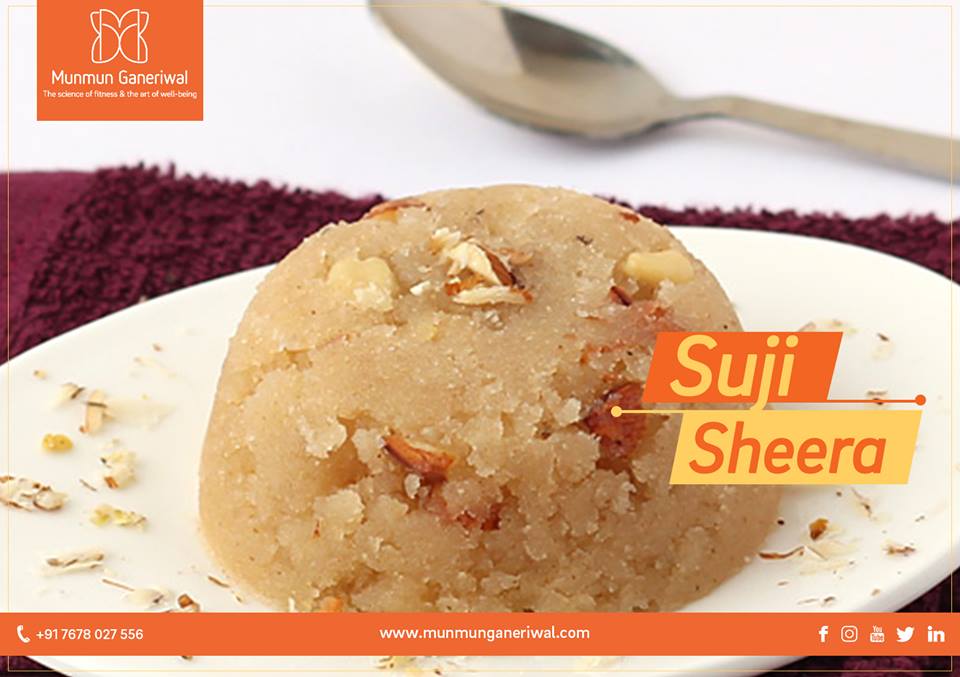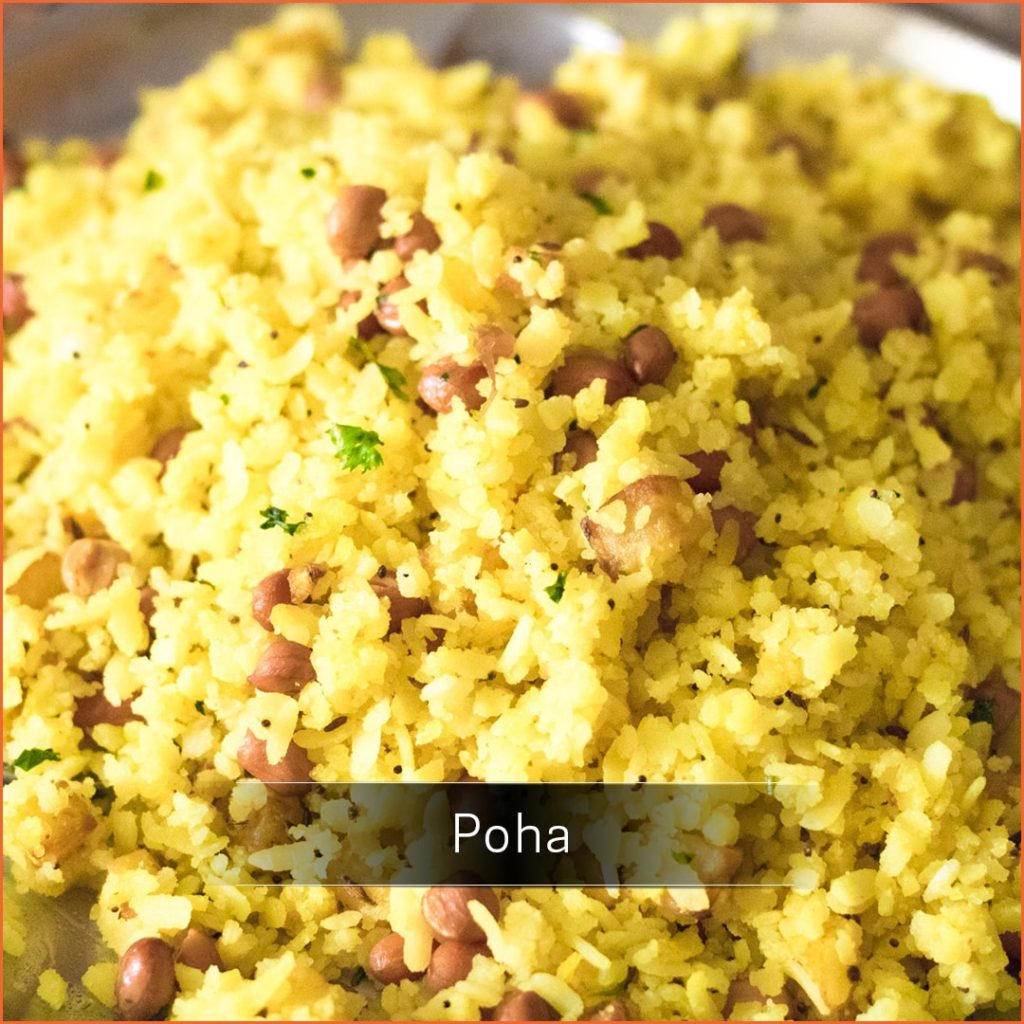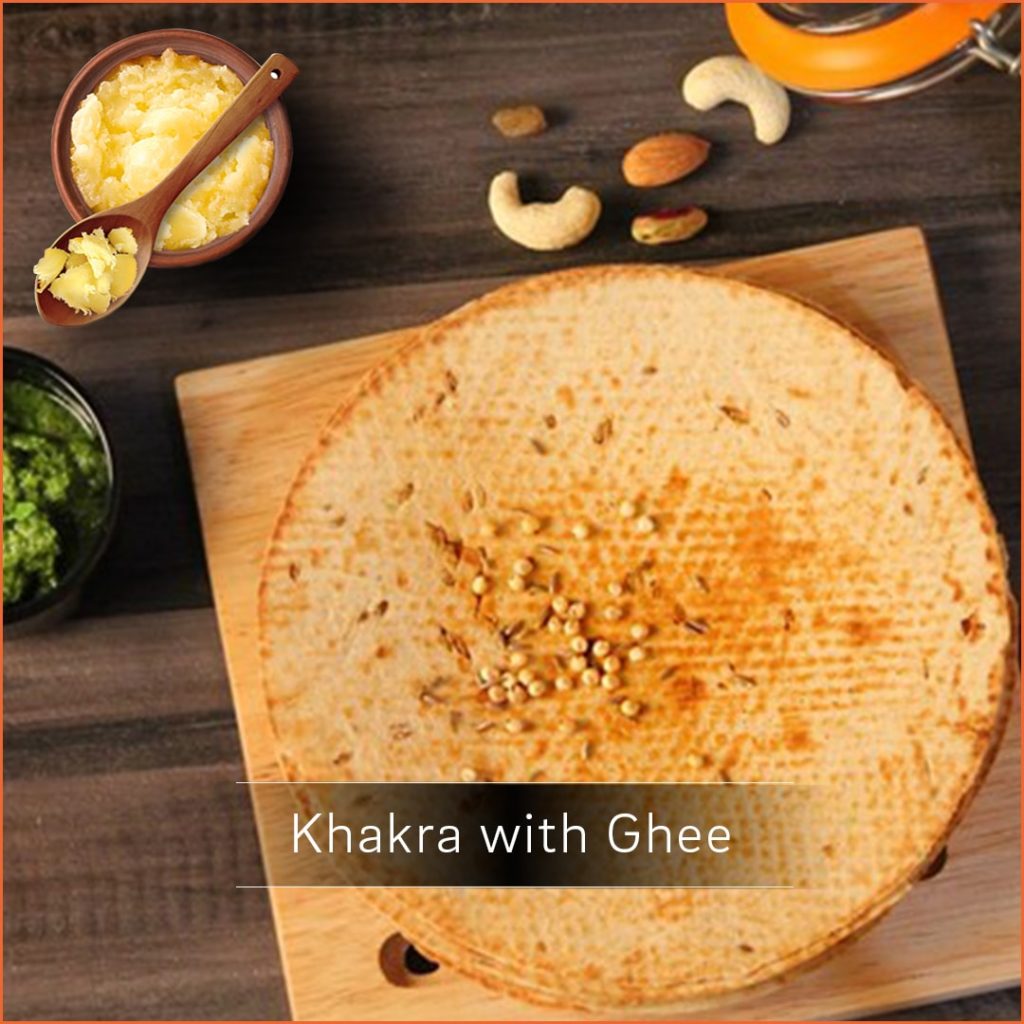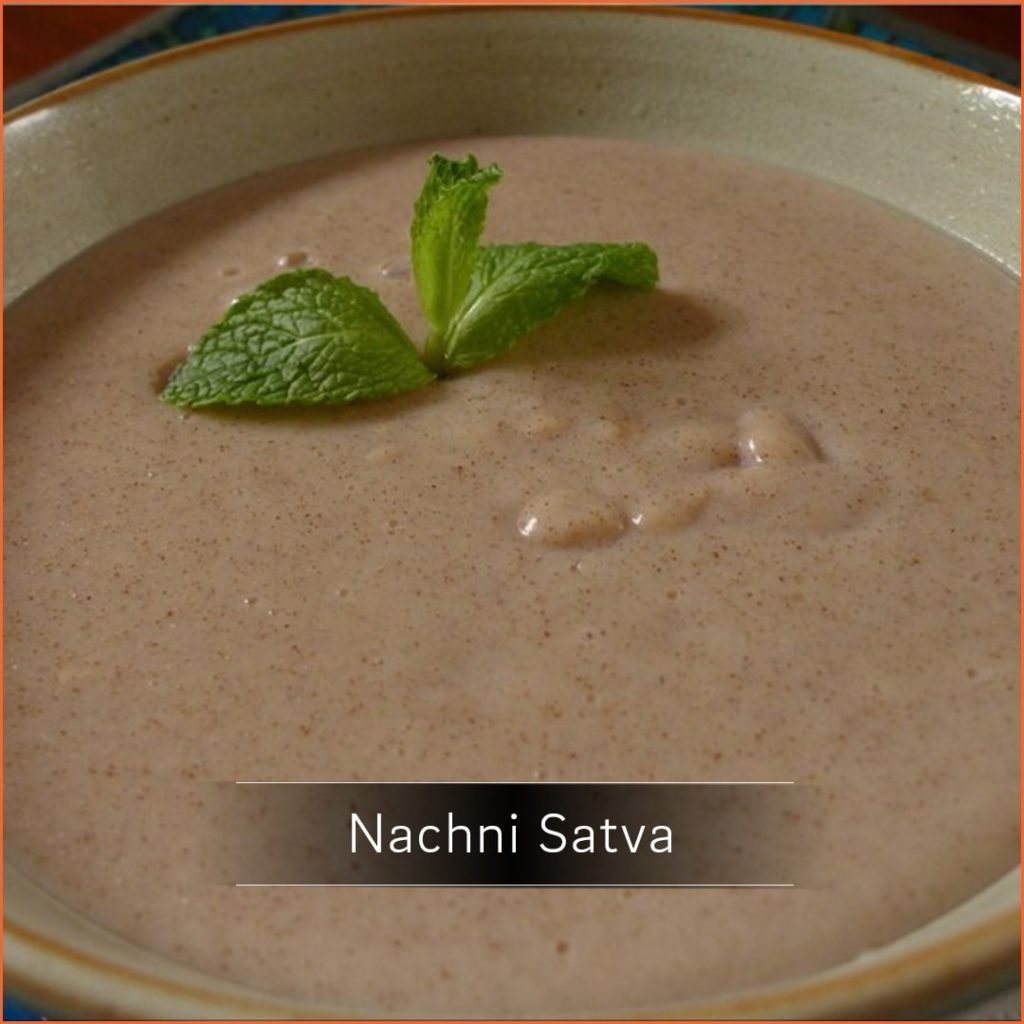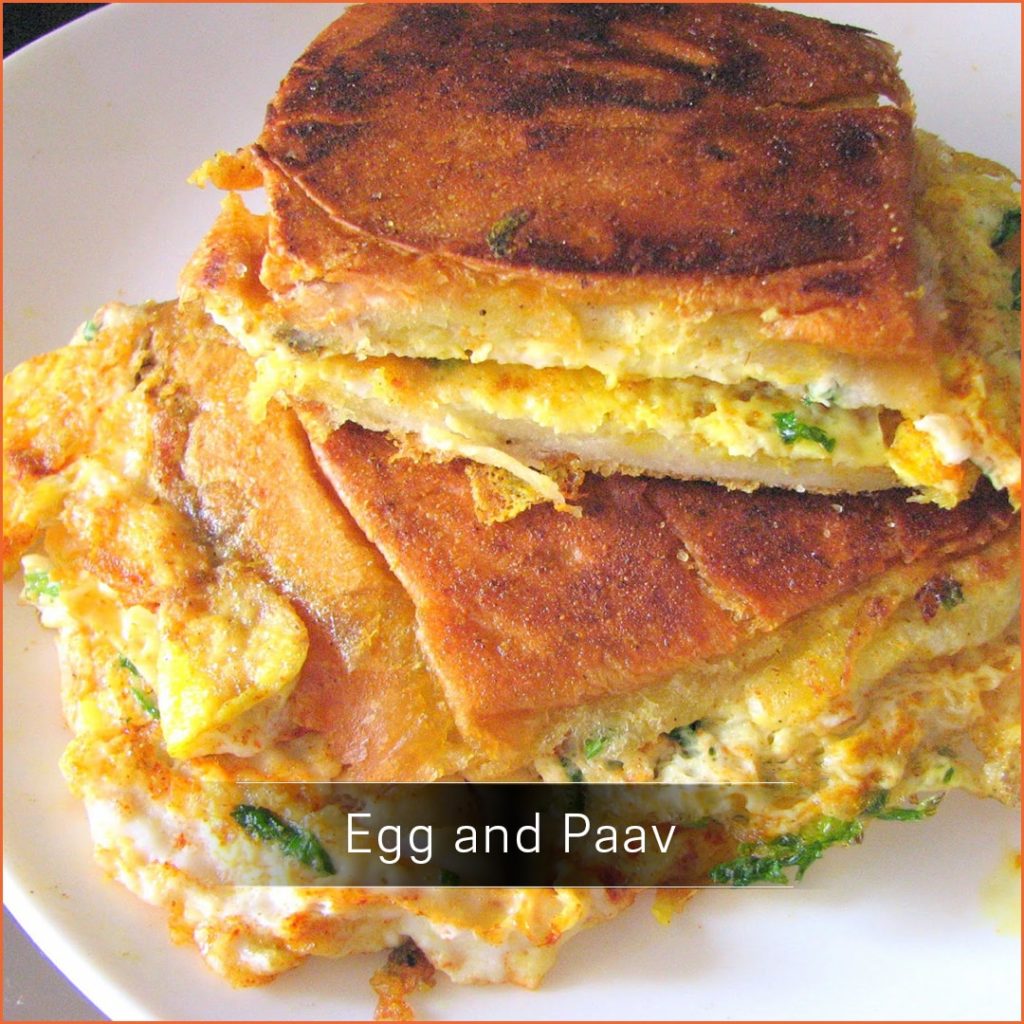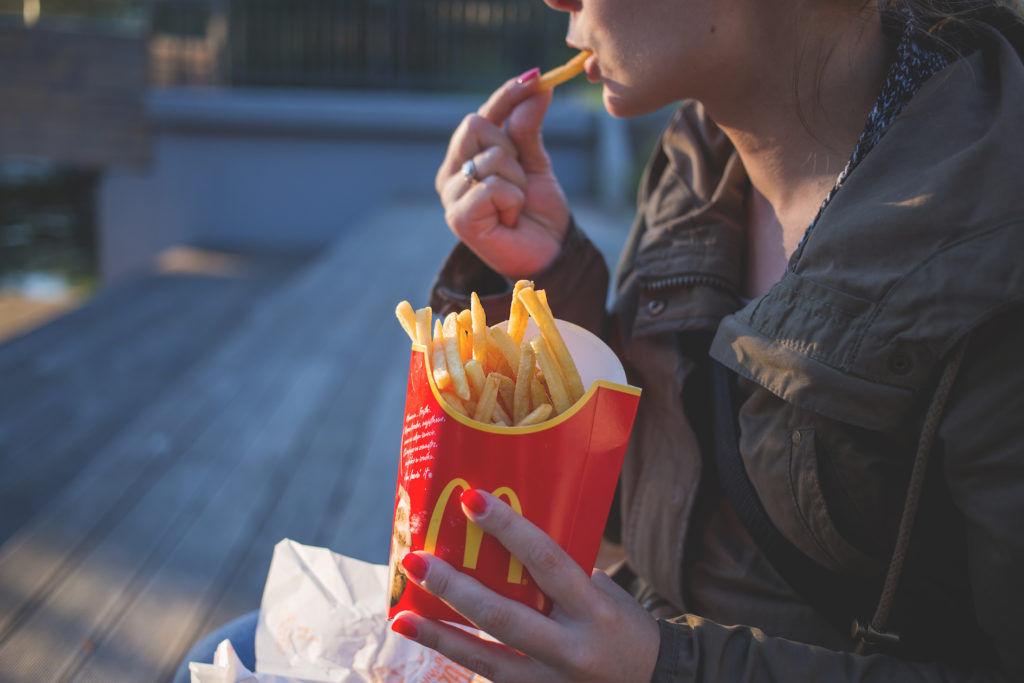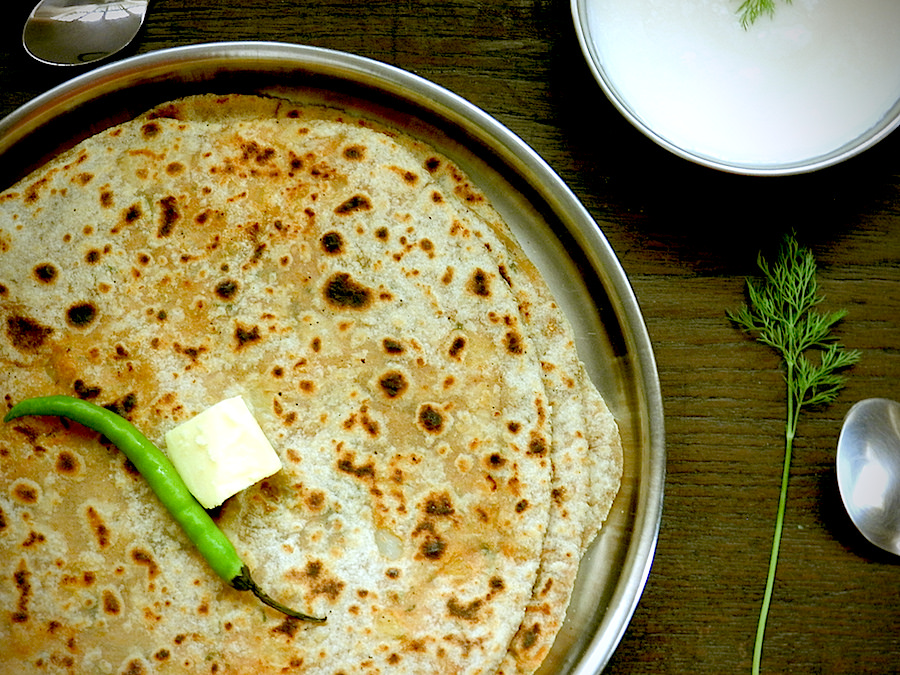
Make your own Tasty but Healthy Breakfast: Mysore Bonda and Coconut chutney (South India)
Here’s one of the mouth-watering dishes from South India that can give us some real Tasty But Healthy recipe goals: Mysore bonda and coconut chutney.
Read below for reasons to tickle your taste buds!
1. Healthy gut- The non-digestible component of plant fibers like that found in rice – known as prebiotics– stimulate the growth and induce changes to the composition of gut microbial populations. The gut microbiome (probiotics) play a very important role in the overall health of a person—whether it be in contributing to weight loss or fighting against diseases like cancer or diabetes.
2. Boosts immunity- The rice flour and urad dal in the bonda mutually complement each other and their combination provides full benefits of all the essential amino acids/complete protein profile. Antibodies that help fight disease are actually made of protein. Hence, it boosts your immunity and makes you less susceptible to infections.
3. Reduces abdominal fat- The fats in coconut (known as medium chain triglycerides MCTs) are shorter than most other fats. This makes them a unique kind of fat that is metabolized differently in human body. Certain studies have found a significant reduction in waist circumference after consumption of coconut in the diet.
4. Heart protective- Coconut helps protect against heart disease by increasing good cholesterol and lowering the ratio of bad and good cholesterol.
Few more options that are quick, easy and equally healthy are-
1. Rava upma

2. Uttapam

3. Namkeen Sevaiyan

4. Egg and local bread

Confused by the misinformation about potential health problems with traditional Indian foods? Get in touch with award-winning Mumbai dietitian and nutritionist, Munmun Ganeriwal, a strong advocate of the holistic, wellness benefits of fresh, local, and traditional Indian foods

